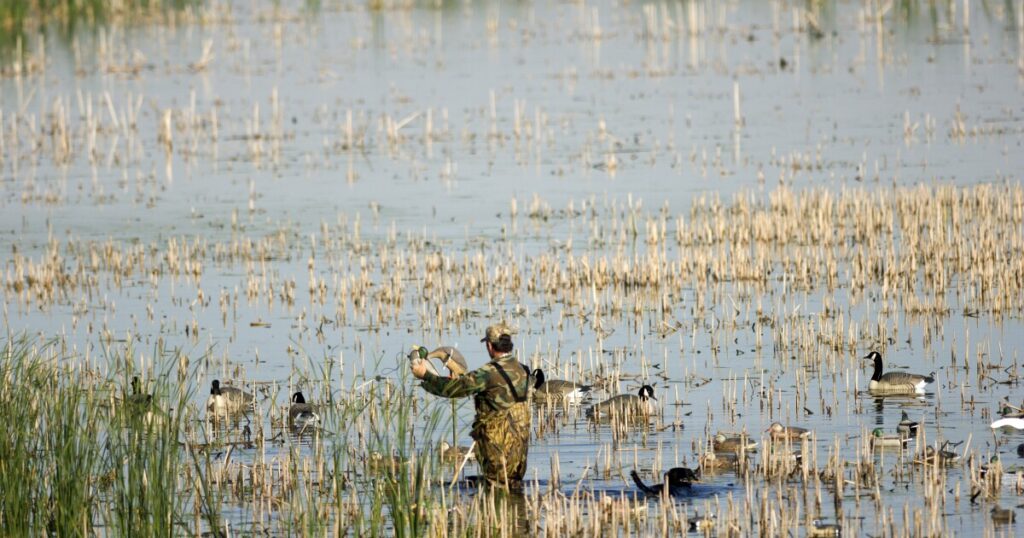Michigan DNR Warns Hunters About Bird Flu Risks Amid Fall Outbreaks
As waterfowl hunting season unfolds, the Michigan Department of Natural Resources (DNR) has issued an important advisory regarding the risks of highly pathogenic avian influenza (HPAI), commonly known as bird flu. Recent outbreaks have been confirmed in both commercial operations and backyard flocks across the state.
The Department of Agriculture and Rural Development reports that bird flu, a highly contagious viral disease, poses a significant threat to wild bird populations, leading to severe illness and death. This year alone, 130 wild birds in Michigan have tested positive for HPAI, as confirmed by a DNR press release.
Dr. Scott Larsen, a wildlife veterinarian with the DNR, explained that bird flu is driven by a group of influenza viruses and has been a persistent presence in wild bird populations, with the potential to spread to domestic poultry. “For the most part, we’re not seeing population-level issues with mortalities, but the virus has persisted for several years,” Larsen stated.
Canada geese, along with bald eagles, red-tailed hawks, ducks, and swans, are among the species most frequently affected. According to Larsen, the incidence of bird flu tends to peak during the waterfowl migration periods in spring and fall.
Kali Rush, the DNR’s waterfowl specialist, highlighted recent detections of the virus in Monroe and St. Clair counties, areas frequented by hunters. “We want to remind our waterfowl hunters that the virus is present, that it’s in the area, and to make sure they’re taking the right precautions when hunting and processing their harvest,” Rush advised.
Hunters are urged to follow these safety measures:
- Wear gloves while handling and cleaning birds
- Avoid contact with sick or dead birds
- Ensure all meat is cooked to 165 degrees Fahrenheit to eliminate the virus
- Thoroughly clean and disinfect gear and equipment that has come into contact with wild birds
Rush emphasized the importance of awareness: “Our biggest worry is just making sure that people are aware that if it’s detected in a backyard flock, it could also be present in a bird that hasn’t been detected.”
While human infections predominantly occur through exposure to infected poultry or cattle, Dr. Larsen noted that around 70 cases of human bird flu infections have been recorded in the U.S. since 2021, resulting in one death. “The consequences in people so far [have] been relatively low,” he said, adding that the virus’s potential to mutate remains a concern.
State officials recommend vigilance for symptoms such as fever, sore throat, shortness of breath, body aches, and runny nose if individuals have been exposed to infected birds.
—
Read More Michigan News










